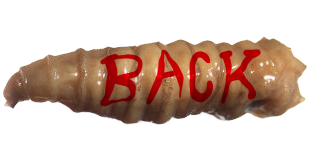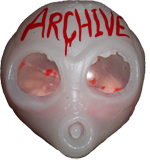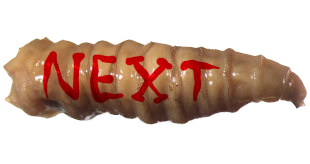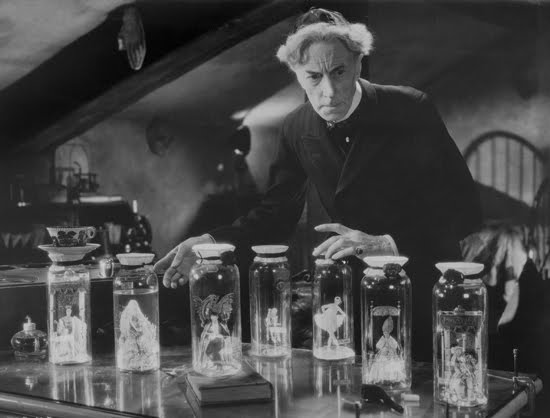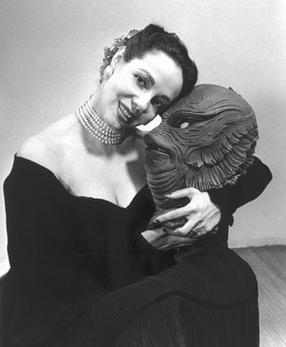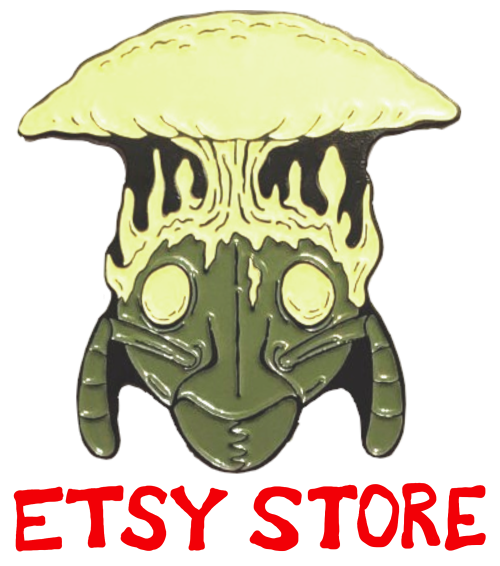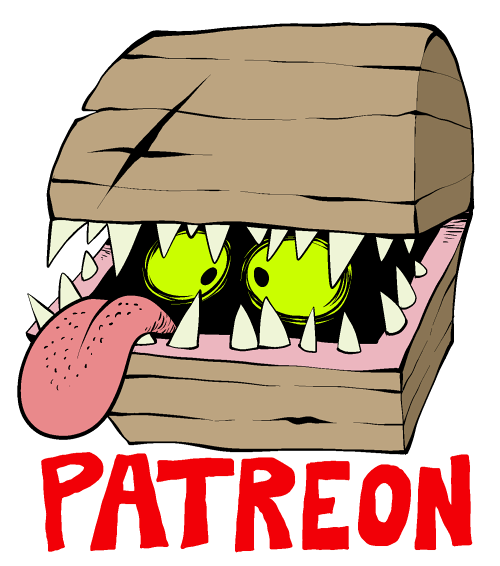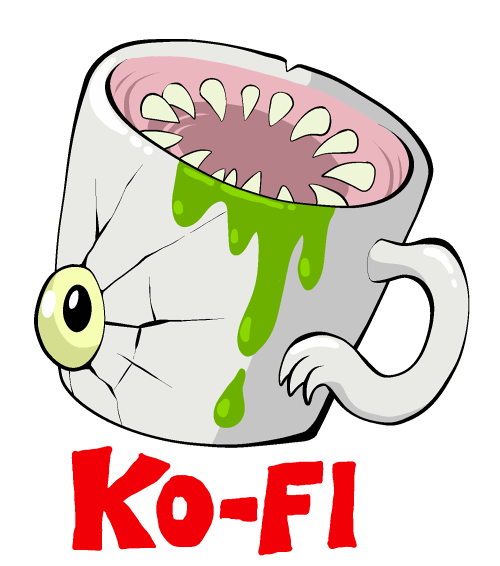
Written by Jonathan Wojcik
The Universal Monsters
I sure have deja vu right now. I was positive I'd already written this article in 2016, and in fact, it already had a "hall16" thumbnail uploaded, but I can't find any record of the actual article existing. Whatever! This was overdue then and it's overdue-er now! We're gonna run through all the most notable Universal Studios humanoid monsters from that golden period between the 20's and 40's! Not in Chronological order, mind you, but sort of a combination of a "relevance" and how much I like them.
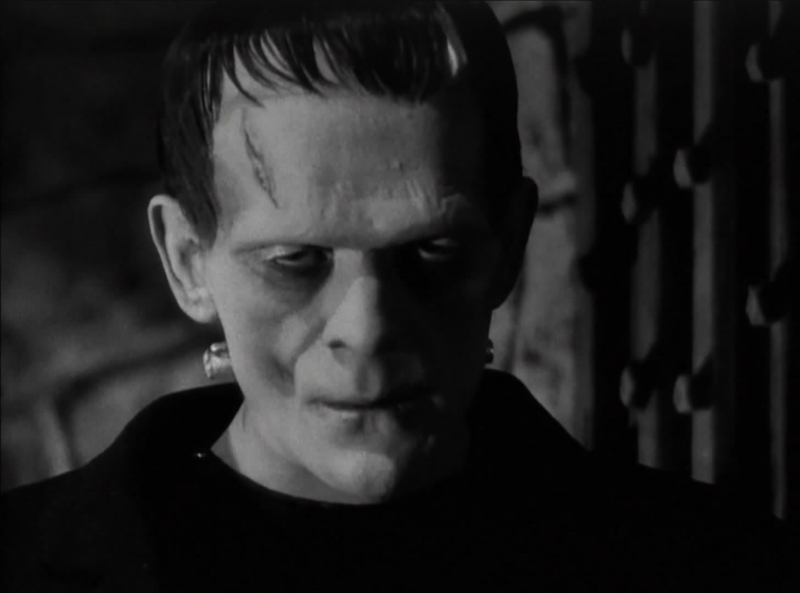
FRANKENSTEIN'S MONSTER
I actually wasn't sure if I should put this guy or Dracula first. Combined, we kind of tend to think of them as the two prime elemental monster characters; if only two monsters are going to be represented in something at all, odds are high they might reference these two.
Frankenstein's monster is interesting because in Mary Shelley's original novel, he was an eloquent and intelligent being who also sort of looked like an amateur artist's attempt at drawing a sexy guy. He was lean and muscular with long, flowing hair but he also looked real "off," pale and almost translucent. An uncanny imitation of a person, ridden with angst at his own existence.
Why Universal Studios decided this character should instead be a grunting, awkward brute sewn together from corpses, I don't know, but the flat-topped skull and bolts in the neck were instantly famous. I feel bad that I've considered it a "boring" monster ever since I was a kid, but it really does have a lot of unique charm as a design. Simple, but at the time very new and different.
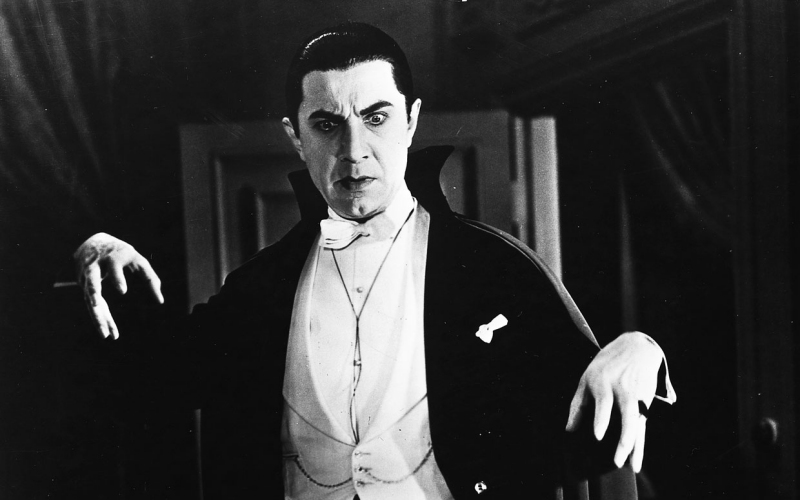
DRACULA
So of course we have Bela Lugosi's Dracula, this time not too terribly different from his literary inspiration. It's wild to think there was ever a time when people didn't really think much about vampires anymore, and that when they did, it was never as a dapper gentleman in a cape. Again, it's a concept I found dull and forgettable when I was younger, but now I can appreciate that it only became such a widespread trope because there was a time it was fresh. Fresh and even legitimately terrifying to people.
What I take away first from this character is that he's wealthy and powerful and sucks the life out of the poor populace in an only slightly more literal sense than other aristocrats. Some analyses however have made note of the fact that Dracula was also very "effeminate" and more notably foreign, so the character arguably preys a little on both homophobia and xenophobia; a weird, dainty man who doesn't speak great English and has come to prey upon God-fearing virgin girls. That's an interesting and probably true perspective, but it sure did have the polar opposite effect over time. Now we just think vampires are suave and cool and sexy.
This guy also popularized the association between vampires and bats, which was never a common connection in folklore. Instead, mythical vampires transform into all manner of creatures like moths, crickets, cockroaches, snakes, wolves, owls, crows, toads, rats, cats, even some instances of vampires turning into pigs. Can you imagine if our culture thought of pigs as goth Halloween animals? I love bats and I'm glad bats are so famous, but I'd kinda want to see goth Halloween pig world too.
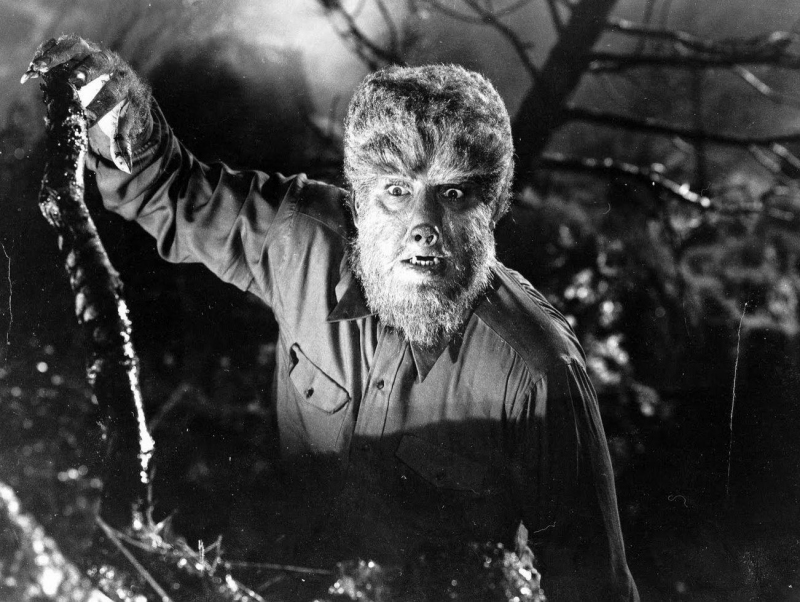
THE WOLFMAN
I've discussed in the past how I kind of overlooked werewolves for most of my life, and I hate to say I kind of blame this goofy lookin' mullet man for it. I just wasn't impressed! Of course he, too, has a distinct charm all his own, though the only reason he's a wolf-man at all is that Universal couldn't afford the special effects necessary to turn a human convincingly into a full blown wolf. The original werewolves were never described as even partially humanoid at all! People just turned completely into dogguses! I guess I'm actually thankful, then, that the mullet man instilled in us a much cooler idea of gruesome canine-human hybrid monsters.
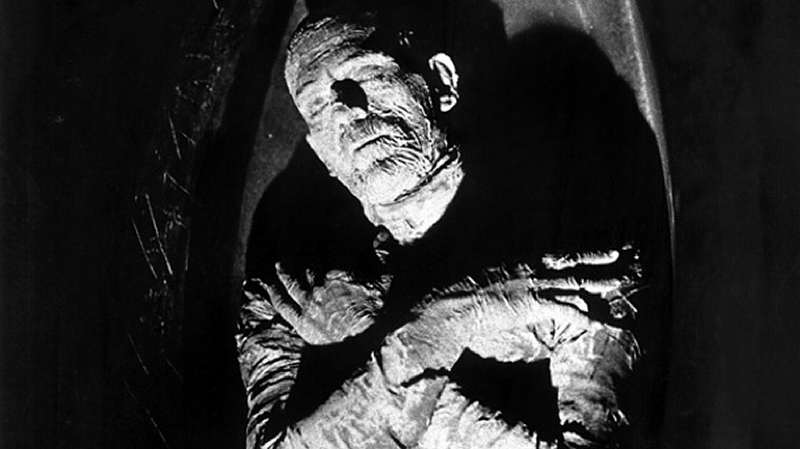
THE MUMMY
I analyzed mummies earlier this year, and I don't have a whole lot more I can add to that, except that as a friend pointed out, our image of a "bandaged" mummy may very well come from when rich people in Victorian England used to host entire parties around the unwrapping of Egyptian mummies, which were then wrapped back up kind of poorly. That's how the story goes, at least; some have actually called into question whether this ever really happened, or if mummies were only ever unwrapped in academic settings.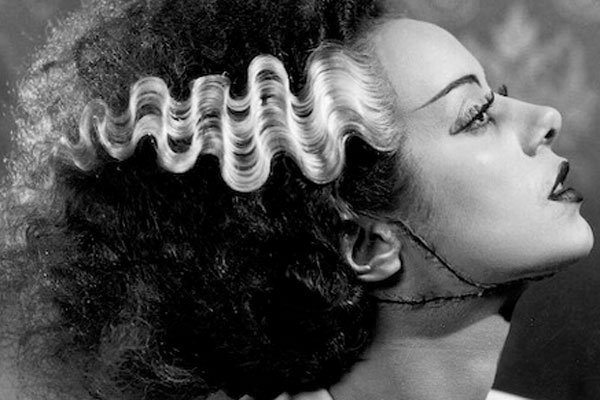
THE BRIDE OF FRANKENSTEIN
The success of "Frankenstein" lead to a number of sequels that had little to do with Shelley's book, the most famous of which was when they made up a girlfriend for the big lug. While arguably not as monstrous, I always found her design a little cooler between the two of them; maybe it's just how great that electrified beehive looks. As with the mummy, however, it's interesting just how little screentime this one ever really had. She doesn't show up until nearly the end of the movie, immediately screams and rejects the male monster, and he ends up helping the humans escape as the laboratory collapses around them. "We belong dead," he says with his newly expanded but still limited vocabulary. Ouch :(
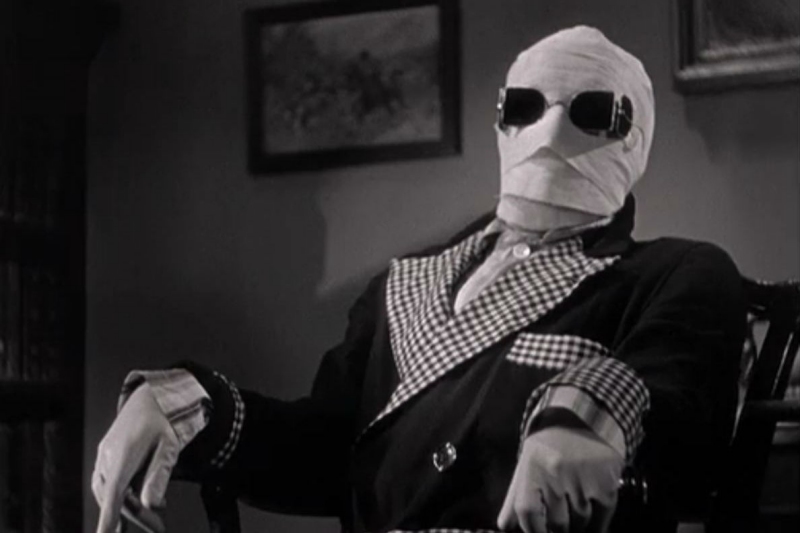
THE INVISIBLE MAN
You know, I'm pretty sure the image of a mummy having nothing under its bandages really just comes from this other Universal monster, actually the chemist Doctor Jack Griffin who discovers, somehow, that a "bleaching" drug called monocane can make your entire body impossible to see. Bones, fluids, stomach contents, everything. It doesn't make the least bit of sense, but it's certainly a fun concept, ubt unfortunately the drug also messes with the brain and causes an unspecified "madness."
What always struck me was how loose the definition of "monster" used to be. By now, our culture would recognize this character as more of a "supervillain," since we tend to define a "monster" as something more than just a human with a freaky talent.
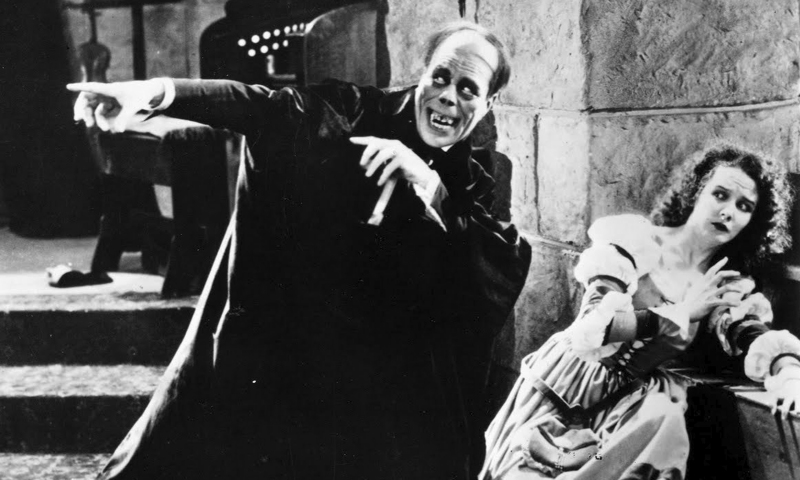
THE PHANTOM OF THE OPERA
Likewise, I think we as a civilization have thankfully grown up beyond thinking someone with a scar or a deformity as a "monster." In the original novel, the "Phantom" was a man named Erik actually born with a face somehow resembling a barely-fleshed skull, which is pretty rad and would have made a much more interesting design than what we got here. Universal's version changed him to a guy who got acid thrown in his face, and was angry at his musical compositions being used without credit; all around a character who truly deserved to get their revenge.
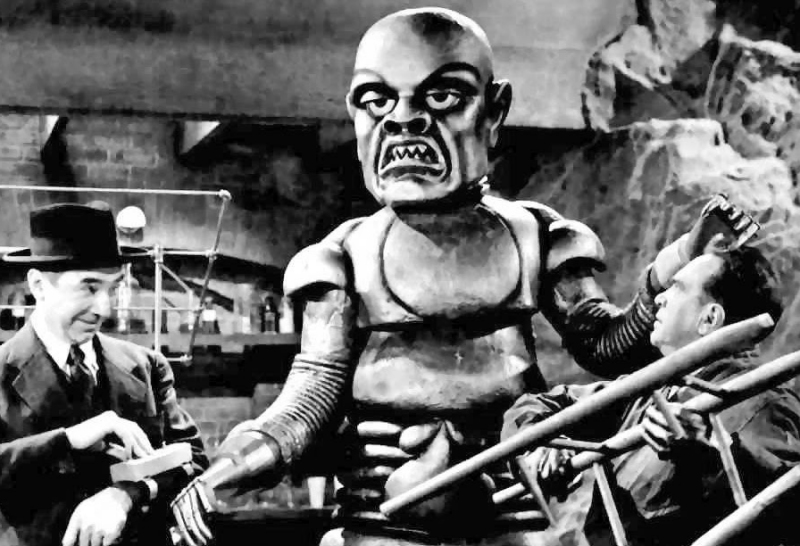
THE ROBOT
One of the most obscure things you're gonna get on this list, this big, ghoul-faced, lumbering robot is more of a side character in "The Phantom Creeps," which despite the title is just about a mad scientist with a variety of strange and dangerous inventions, the robot being just one of them. That scowling, saw-toothed face is certainly distinct, and it's almost surprising this one didn't catch on.
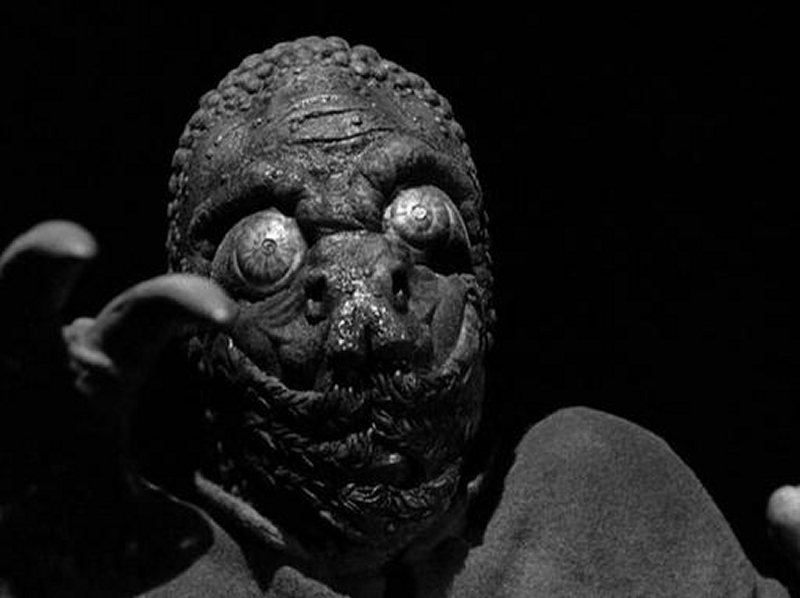
THE MOLE PEOPLE
This is a pretty sad one. Despite the film being called "The Mole People," these creatures aren't truly the focus; they're the mushroom-harvesting slaves of a human tribe that lives its entire existence underground, worshipping a hole to the surface that they believe is the shining eye of their god. That's an incredibly compelling concept in itself, but they're ultimately just written as dumb, savage villains who mistreat their mole-people slaves until an inevitable rebellion.
The mole people are pretty interesting, though. Except for their huge claws, nothing else about them really resembles a mole; instead they've got scaly skin, huge eyeballs and an allmost insect-like mouth.
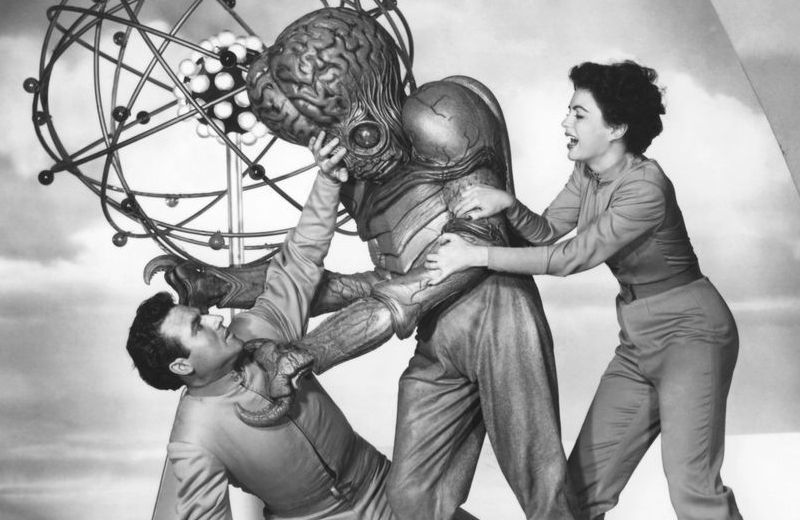
THE METALUNA MUTANT
Critically underutilized and unexplored, Universal's original Space Monster held a similar role to the mole people; merely a servitor-race to the more human-like villains of the film, "This Island Earth." All we're ever told about these "mutants" is that they have anatomy similar to Earth's insects, they're not very smart but they're strong and somewhat violent, and...that's it. They were marketed as fairly central to the movie, but their presence never really matters, and the last of them die off along with their masters and their entire planet by the end of it all.
An awesome design, however. Was this the first movie alien with a visible brain? I think it might have been, and it's a shame that eventually went down as a "hokey" design characteristic we no longer see in serious media. Besides the iconic brain, there's truly no improving upon the mutant's perfectly circular eyes, rimmed with tissue like organic goggles, and the cicada-like chitinous plate where a mouth ought to be. Perhaps its very strangest feature, not seen here, are the fleshy veins at the bottoms of its pant legs, as if those are just a part of its body!
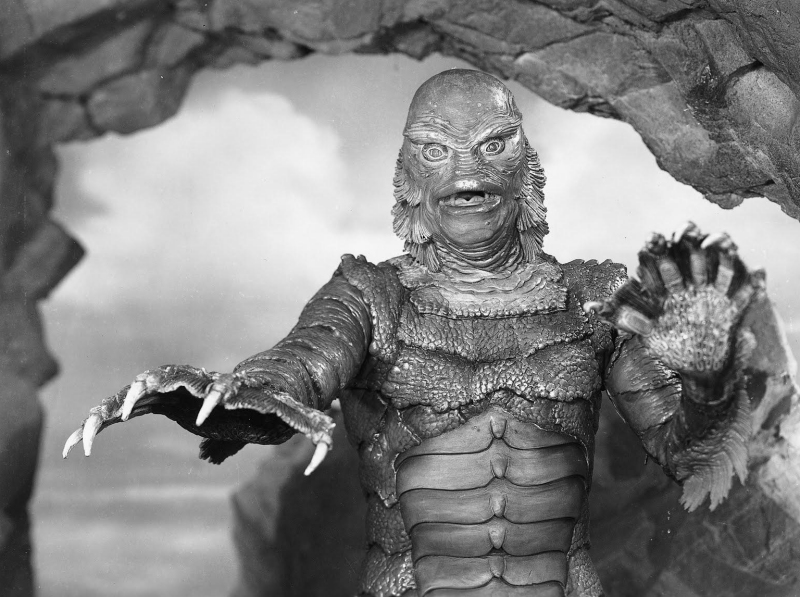
THE GILL MAN
The Mutant is probably my favorite design, but the Gill Man is a close contender and culturally much more important, popularizing the concept of fish people and "swamp monsters" to this day. The concept was inspired by real rumors of half-fish creatures deep in the Amazon river, and the monster was envisioned as a "sad" and "beautiful" evolution of either a human to a fish-like form or a fish to a more human-like form, a creature audiences were intended to find frightening "because of how human it was," instead of how monstrous. This was also one of the most iconic of those monsters who inexplicably lust after a human woman, which would later inspire the more recent Shape of Water, in which the relationship is quite a bit more mutual.
Of all the monsters here, what strikes me most about the Gill Man is just how "realistic" it feels even to this day. It's not a clumsy, naive creature design; it's sleek, menacing and believable, its array of fins and scales as thoughtfully conceived as any modern creature design, with a face that truly conveys that sorrowful, uncanny man-fish the director asked for.
Milicent isn't around to find out that people now know the truth, but I hope she was still proud of the impact her creations had on the world, whether or not she was properly recognized for it.
MORE HALLOWEEN FEATURES:
